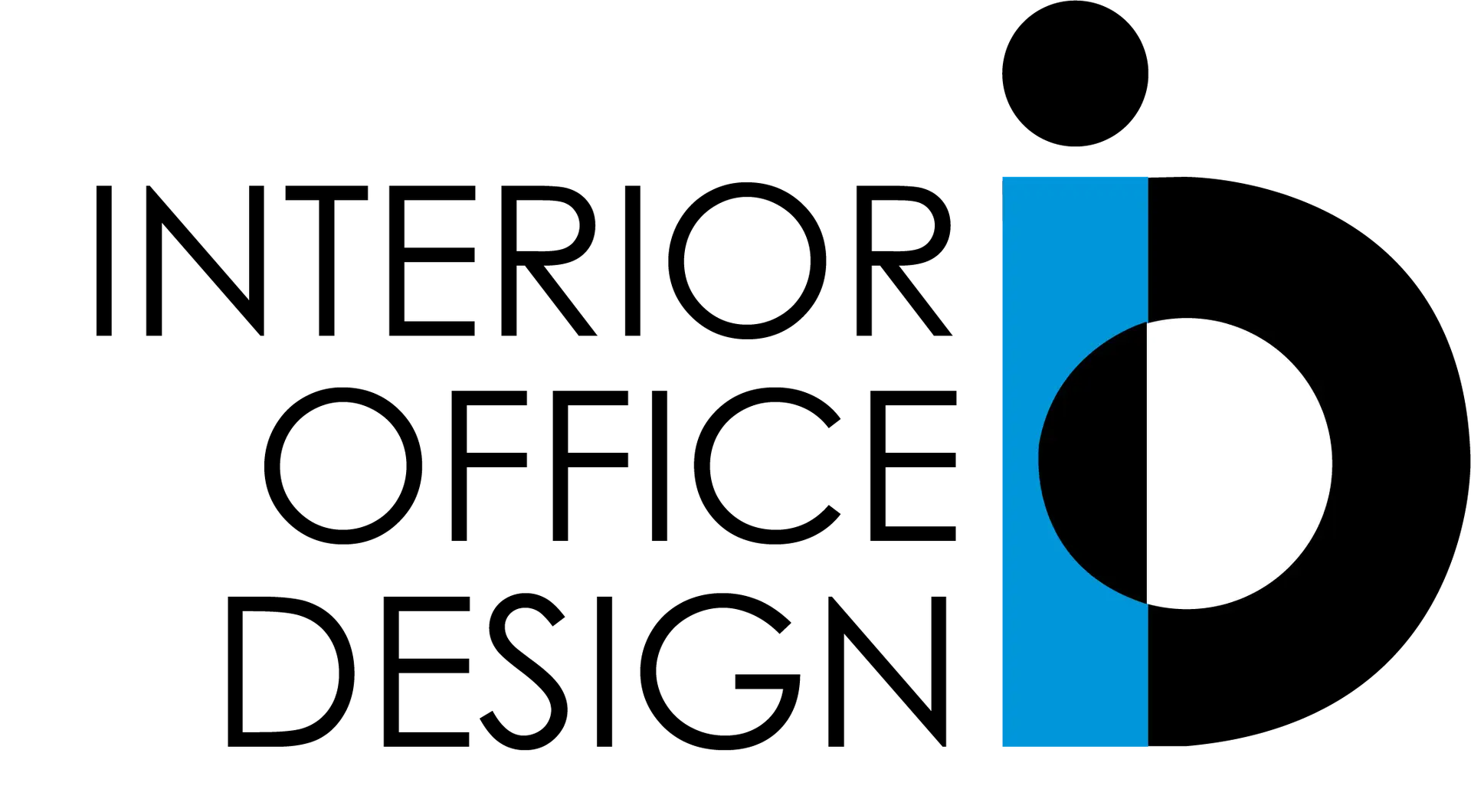Upcoming Office Interior Design Trends for 2025
As we move into 2025, office interior design continues to evolve, reflecting the changing needs of businesses and employees in a more flexible, technology-driven world. Workspaces are now about much more than desks and conference rooms—they’re about creating an environment that fosters collaboration, creativity, and well-being. Here’s a look at some of the top office interior design trends poised to shape workplaces in 2025.
Biophilic Design on a New Level
Biophilic design, which integrates natural elements into the workplace, has been a popular trend for years, but in 2025, it’s evolving. Instead of just adding a few plants or green walls, offices are bringing nature indoors in more immersive ways. This means creating lush, garden-like spaces with an array of plants, water features, and natural materials like wood, stone, and bamboo. We’re also seeing innovative designs like hanging gardens, indoor tree installations, and nature-inspired sculptures. These elements aim to reduce stress, boost creativity, and improve overall well-being, making the office a more inviting place to work.
Technology-Integrated Workspaces
In 2025, technology in the office will go far beyond the traditional laptop and smartphone. Smart office design is gaining momentum, with integrated tech that enhances productivity and collaboration. From intelligent lighting that adjusts based on the time of day and individual preferences to desks that automatically adjust to preferred heights, the workspace is becoming personalized for each employee.
Virtual and augmented reality are also making waves, particularly in creative and tech industries. Virtual meeting rooms, for example, are allowing teams across the world to collaborate in immersive environments as if they were in the same room. Additionally, interactive screens and touchscreen tables in collaborative spaces are replacing traditional whiteboards, enabling digital brainstorming and presentations with ease.
Flexible and Modular Furniture
Flexibility is key in 2025. As hybrid work models become more entrenched, companies are investing in modular and movable furniture that allows them to reconfigure spaces on demand. This trend includes modular desks, partitions, and seating that can be easily rearranged to create private workspaces, collaboration zones, or relaxation areas as needed.
Office design is now embracing “activity-based” spaces—specific areas for different tasks. For instance, there might be a quiet zone for focused work, a cozy lounge area for casual brainstorming, and private pods for virtual meetings. These adaptable designs make the office a multi-functional space that supports various work styles.
Sustainable and Eco-Friendly Materials
Sustainability has become a priority, with companies increasingly committed to reducing their environmental footprint. In 2025, eco-friendly materials are a must, and we’re seeing a shift toward sustainable practices in office design. Furniture and decor made from recycled or reclaimed materials, low-VOC paints, and carpets made from natural fibers are trending. Offices are also incorporating energy-efficient lighting and HVAC systems to reduce energy consumption.
This commitment to sustainability extends to building certifications like LEED and WELL, which focus on health, wellness, and environmental impact. Companies are choosing designs that not only minimize environmental harm but also contribute to a healthier workspace, showing employees and clients alike that they are committed to positive change.
A Focus on Acoustics and Privacy
As open-plan offices have proven to be both beneficial and challenging, 2025 will see an increased focus on acoustics and privacy solutions. Noise-canceling panels, acoustic partitions, and even private soundproof pods are becoming more common. These solutions are essential for maintaining focus and ensuring confidentiality, especially in busy or high-stress work environments.
Rather than abandoning the open-plan concept, designers are finding ways to make it more effective. Acoustic solutions can improve sound quality in open areas, while semi-private booths and partitioned lounges offer a balance between collaboration and personal space.
Bold Color Schemes and Personality-Driven Design
Offices are shedding the gray, sterile look of the past and opting for bold, vibrant colors that reflect a brand’s personality and culture. In 2025, we’ll see workplaces with color schemes that energize and inspire. Bright colors like teal, mustard, and emerald green are becoming popular, as they bring a sense of warmth and creativity to the space.
Beyond color, there’s a movement toward creating designs that reflect the company’s unique identity and values. This means incorporating branded elements, like custom wall art or themed rooms, that reinforce the organization’s mission. Offices are transforming into spaces that inspire pride, loyalty, and a sense of belonging.
Health and Wellness at the Core
The importance of employee health and wellness is front and center in 2025 office design. Wellness rooms and relaxation zones are becoming standard in many offices. These spaces may include yoga areas, meditation rooms, and even sleep pods to help employees recharge during the day.
Additionally, ergonomic furniture, like adjustable standing desks and chairs that provide optimal support, are now a staple. Offices are designed to encourage movement, with layouts that make walking and standing part of the daily routine. Access to natural light, fresh air, and healthy food options further support employee well-being, creating a workplace where people feel valued and taken care of.
Final Thoughts
The office of 2025 is all about creating a space that meets the evolving needs of the modern workforce. From sustainable materials and advanced technology to wellness-centered layouts and biophilic design, these trends reflect a new era where the office is a dynamic, adaptable space that fosters productivity, creativity, and well-being. By embracing these forward-thinking design elements, companies can create workplaces that not only support their goals but also inspire their teams to thrive.
